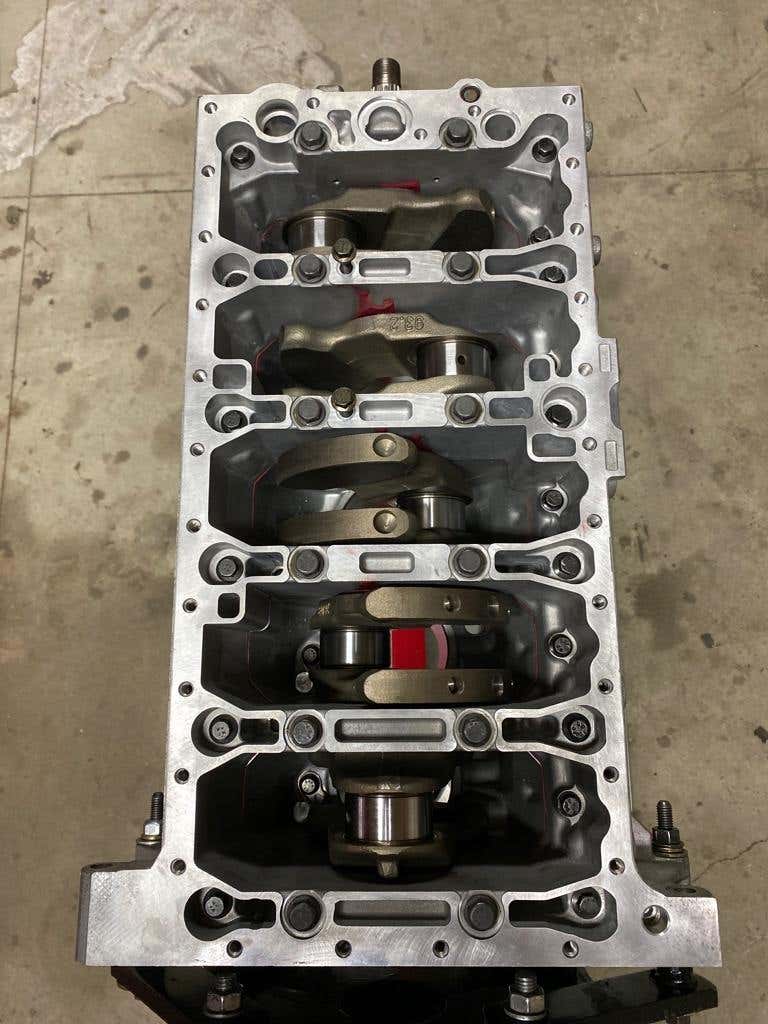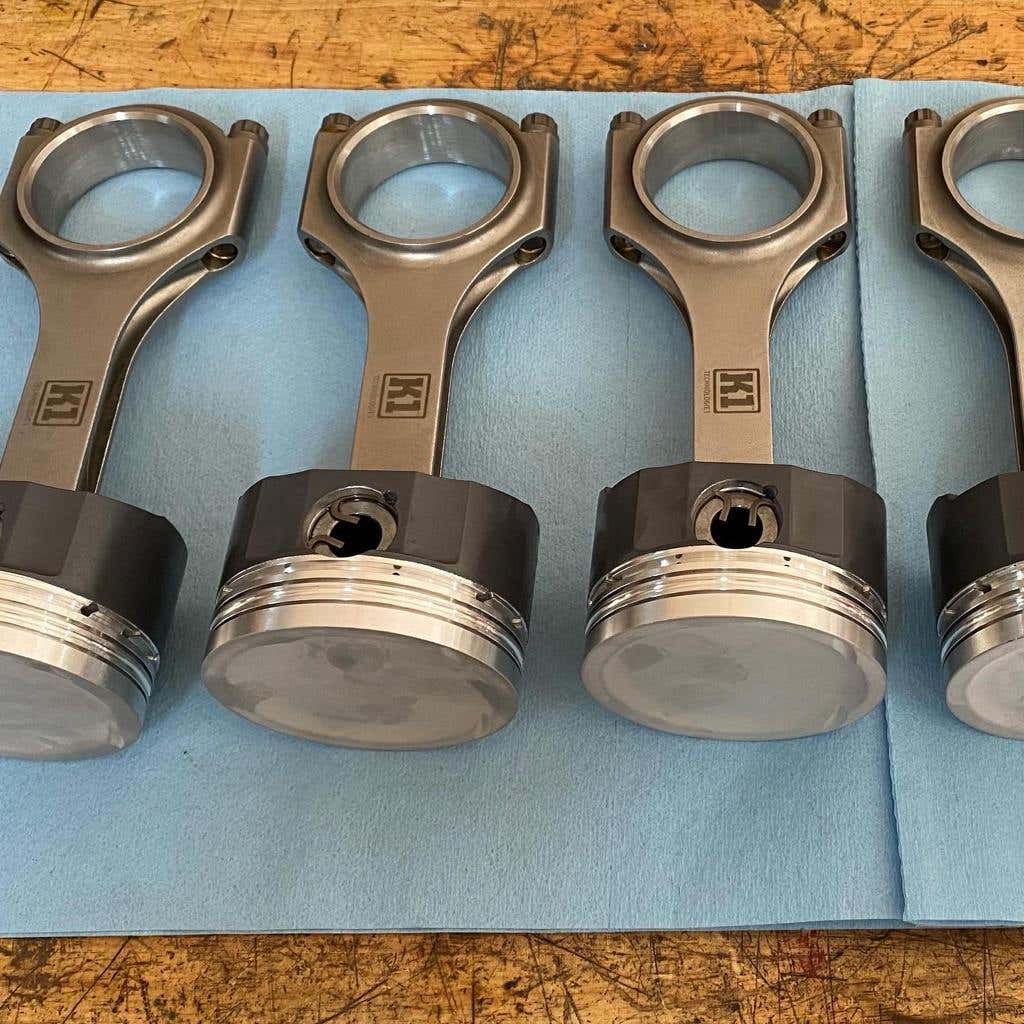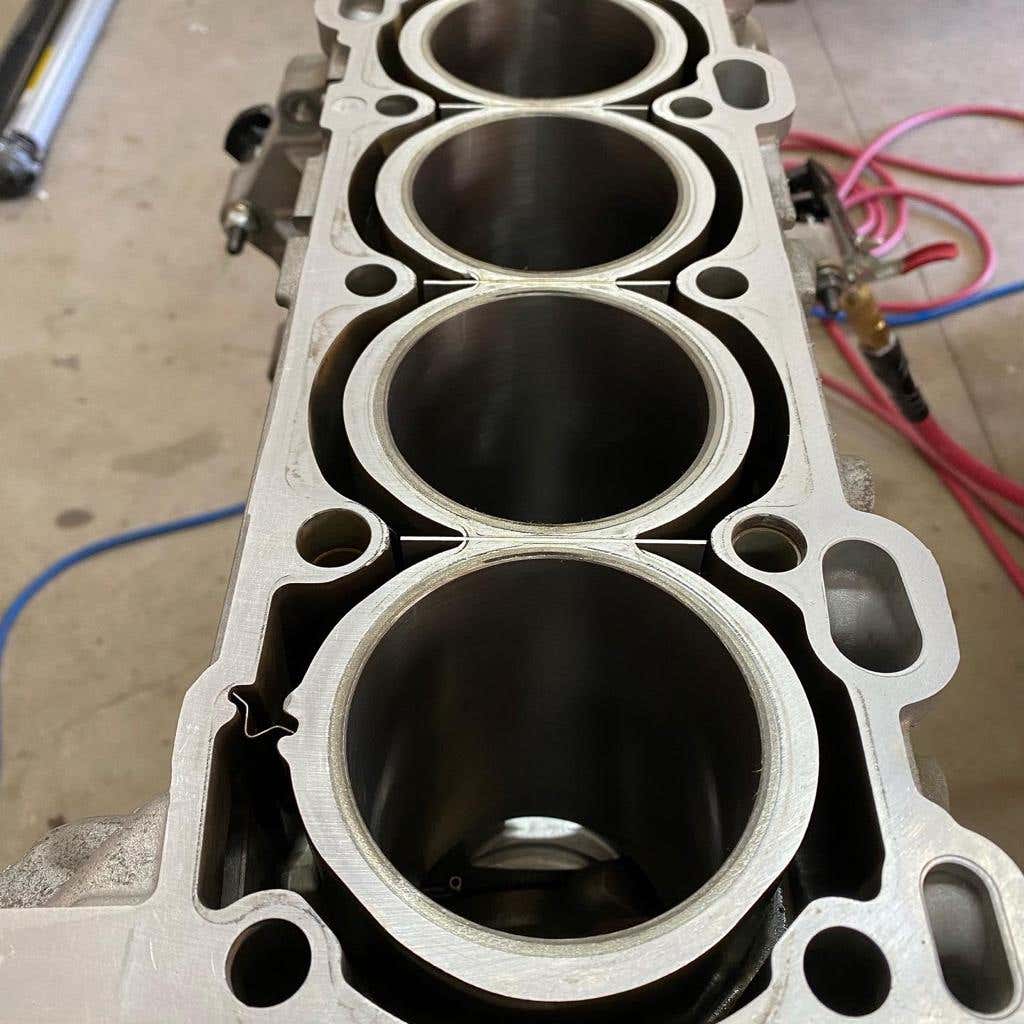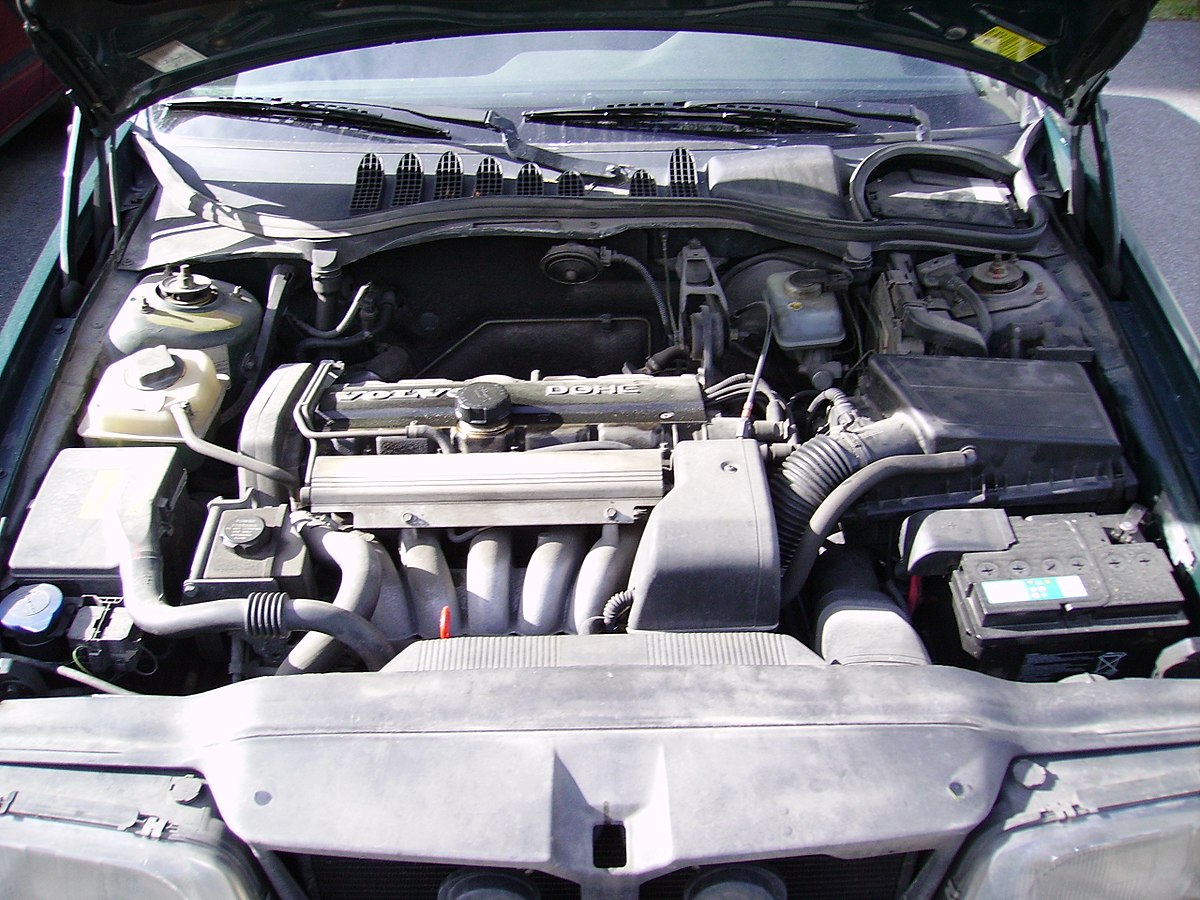
Sharing a rebuild of a 4T5 I built for my 2006 V70R back in 2016. The engine had approximately 40K miles making 487WHP with an EFR7163 turbo and Contrast tune. The car was a daily for me and was ultra reliable. The current owner is a friend and enthusiast, so I offered my labor for the engine work.
The block had already been shimmed & decked and the rotating assembly had already been balanced from the 1st build, so we just needed a .25mm bore for the new Wiseco forged pistons and reassembly.
The Wiseco's went to Swain for ceramic crowns and telfon skirts, and we rented CJ's iron deck plate to ensure the bores come out nice & round post bore & hone.
Rings are all tight, so I'll be spending some quality time with the ring filer.


Sent from my iPhone using Tapatalk Pro















